Let’s take a look and compare the advantages and disadvantages of Grid Combat and Theater of the Mind, the two most common ways to carry out combats in roleplaying games like D&D or Pathfinder.
Introduction
If you’ve been playing RPGs like D&D or Pathfinder for a while you probably already know about the neverending fight between two groups of players: the ones that love using Theater of the Mind and the hardcore Miniatures & Grid fanatics.
Theater of the Mind (TotM) is one of the oldest ways to take on combat and social encounters in RPGs since that was how Dungeons & Dragons was meant to be played back in the days, when 1st Edition and AD&D were super popular.
While the Miniatures & Grid gaming method isn’t that new either, it has become more accessible over the last 10 years or so, and that has contributed (a lot) on its popularity over many gaming tables around the globe.
Many companies, striving for more sales and market share, have dropped their prices, increased their quality and benefited the miniature market and the community of gamers and collectionists as a whole.
Let’s explore both options!
Miniatures & Grid Combat
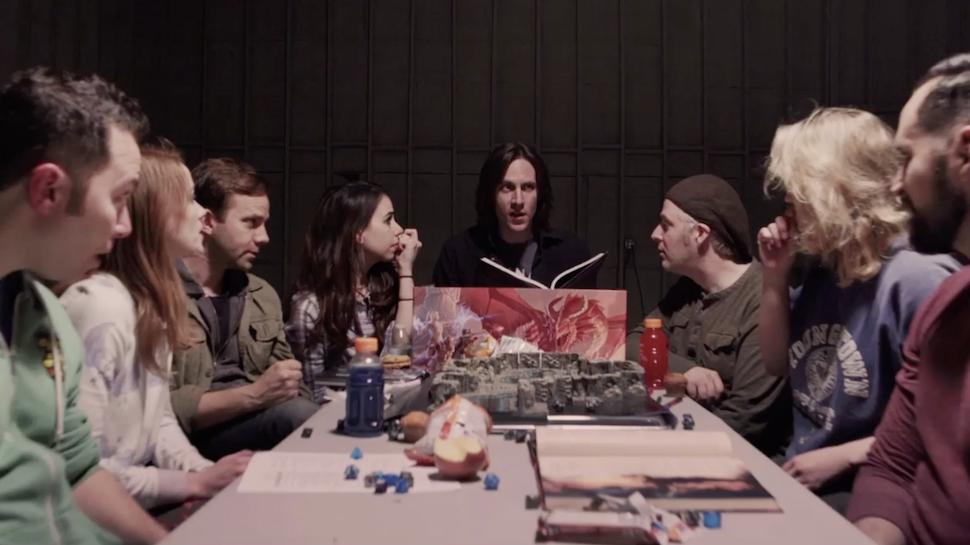
Grid Combat is based on the constant use of 1-inch-gridded battlemats (or tiles) to depict where Player Characters, NPCs and objects are located.
Variant: Playing on a grid
Each square on the grid represents 5 feet.
Player’s Handbook page 192
Some of the most commonly used battlemats come from Paizo, the creators of Pathfinder and Starfinder. WizKids has released dungeon tiles and tactical maps in the past, but they’re now focusing more on their recently launched 3D plastic tiles: WarLock Tiles.
This method uses miniatures or tokens for players, enemies and terrain, In order to demonstrate where everyone is positioned in the battlefield.
If you want to read my review on Pathfinder’s Flip-Mats just click here.
The two most commonly used prepainted miniatures for RPGs are the Pathfinder and D&D ones that come in blind boxes called Miniature Booster Packs (both produced by WizKids).
You can also get single miniatures both painted (table ready) or unpainted (cheaper option).
If you’ve decided you want to use Gridded combat I recommend you first read the article: Tyranny of the Grid, by SlyFlourish.
Advantages
- Makes some abilities, rules, spells or feats more useful
- Helps create more immersion, since players can see the full environment
- Promotes creative thinking: more/different ways to solve problems/combat
- Easier tactical combat and getting to know where everyone is at
- Lets you create gorgeous layouts
Disadvantages
- Can get expensive (requires money to be spent)
- Less portable (and requires storage at home)
- Can change the overall gaming experience (some people feel they’re counting squares)
- Can sometimes break up the narrative experience (especially in combat because of pacing)
Theater of the Mind (TotM)
TotM is called like that because everything happens inside everyone’s minds.
Since it’s all about imagination, it involves no monetary cost whatsoever but can cause some troubles, because what you imagine could be “a bit different” than what others imagine.

Using just your imagination doesn’t mean you can’t add “extras” to enhance your gaming experience. Adding background music or sound effects is always a plus for your games!
If you want free music resources for your campaigns, click here.
If you’re interested in running better games using this methodology, I recommend you first read Sly Flourish’s Guide to Narrative Combat (TotM)
Advantages
- Frees up the story to go in any direction the players want it to go
- Focuses more on resolving the story than the combat
- Zero cost = Infinite flexibility
- DMs requires less prep time
- DMs are free to create whatever they can imagine
Disadvantages
- Distance becomes relative
- Combat is a bit harder to decipher
- Some decisions that can make the difference between life and death can sometimes be “not that clear” (especially spells or effects that have a defined or limited range)
Conclusion
I personally love Grid Combat and I think that the advantages outweight the disadvantages; however, YOU (the DM) are not the one to take the final decision; you should consider your group as a whole and what’s best for everyone.
Since we all have different opinions and preferences; some might want to play tactically while others prefer to let their imagination fly while discovering new and inimaginable worlds.
We play RPGs to have fun and create stories, the most important thing at your gaming table is that everybody has a great time.
Some of my players love TotM and I try to have a mix of both TotM and Grid combat, to have the full experience.
Even though I’m not saying one decision is better than other, I think that terrain pieces and miniatures are tools that enhance your overall experience and are always a great addition.



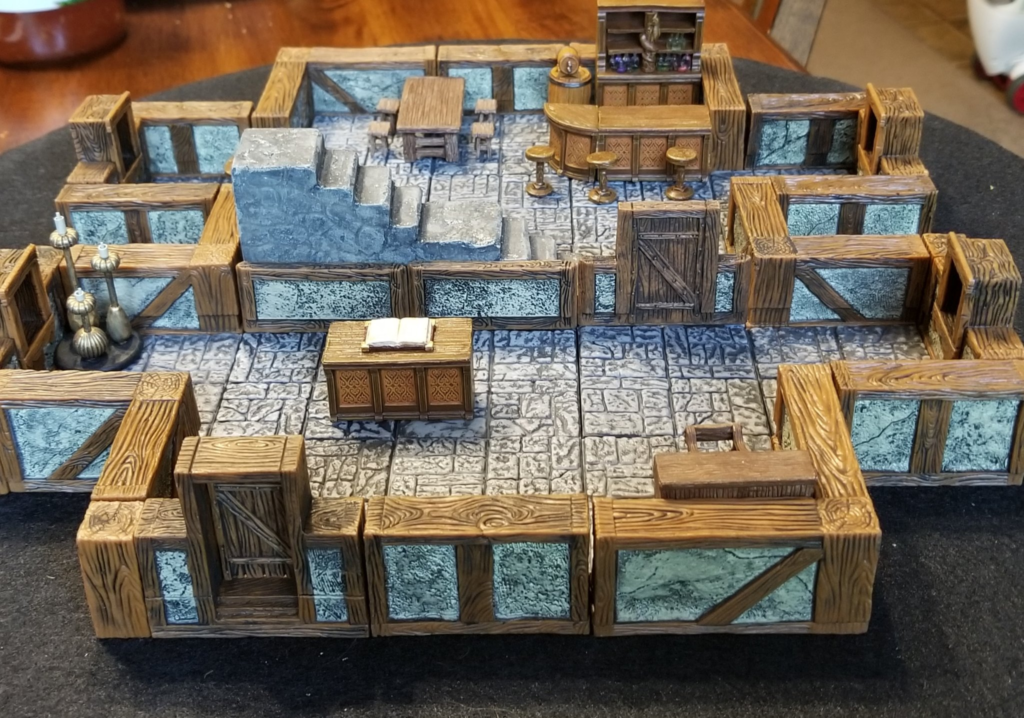

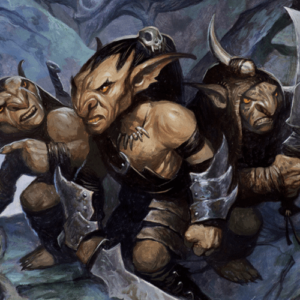
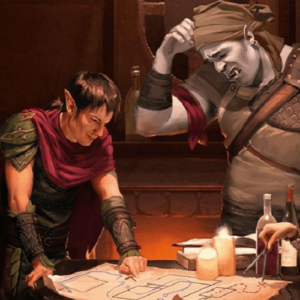
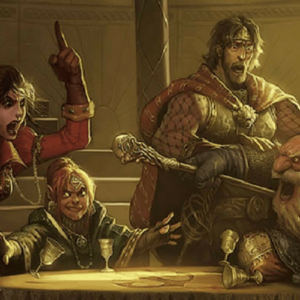
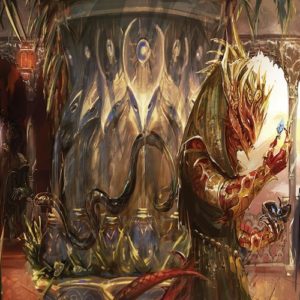
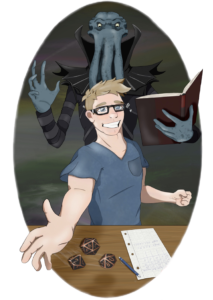
Leave a Reply